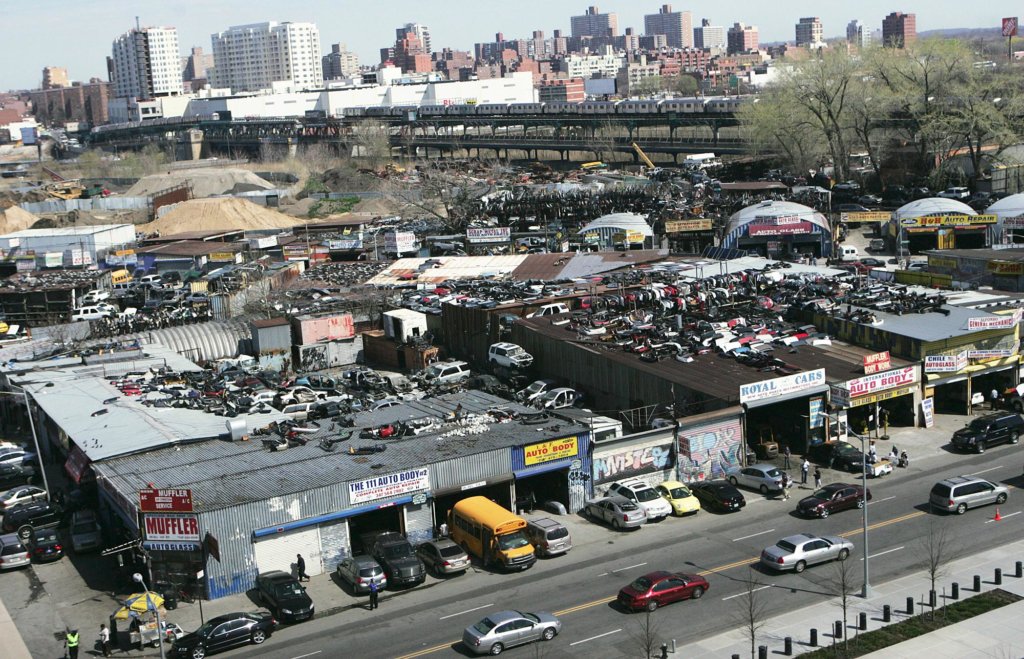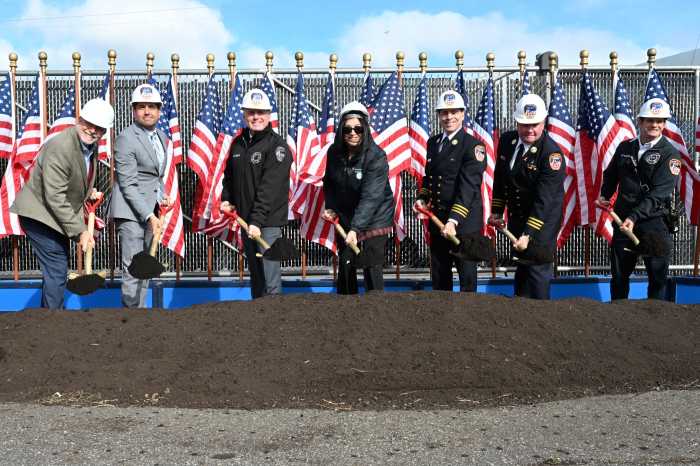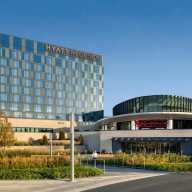The Queens Borough Board on Monday, May 10, voted to approve a long-term lease for Phase 1A of the Willets Point Development, which will contain affordable residential units, a public school, community facility space and public open space.
Borough President Donovan Richards approved the motion receiving nine votes and one abstention, on the condition that the New York Economic Development Corporation (NYCEDC) conduct reporting on the school remediation cleanup to the local board and borough president’s office, a meeting every other month to address concerns of the community as the development proceeds, and that Community Board 7 receive a 50 percent allotment of affordable housing, unless there are changes under the federal, state or Housing Preservation Department (HPD).
Councilman Francisco Moya, who is the chair of the Subcommittee on Zoning and Franchises and represents the area, said the historic vote is an exciting step toward getting affordable housing for residents.
“After decades of bad deals and failed attempts, no project has gotten this far under Council members in past administrations. This is historic,” Moya said. “This historic project will bring the deepest levels of affordability: 1,100 units of affordable housing, zero market rate units, and units set aside for older New Yorkers and those transitioning out of the shelter system or formerly without housing. It will also bring a publicly accessible open space, a new public elementary school and environmental remediation.”
With limited infrastructure and a history of environmental degradation, Willets Point — situated between Corona and Flushing — is located within the 100-year floodplain. The site is within proximity of the No. 7 train line, LIRR, major highways, LaGuardia Airport, Citi Field and Flushing Meadows Corona Park. It is also adjacent to Flushing Bay and Flushing Creek.
The city has been working with community partners such as Queens Community Boards 7, 3 and 4, to reimagine Willets Point in ways that would create new opportunities for residents and businesses, according to NYCEDC, a major partner in the city’s efforts to continue growing and diversifying economic growth throughout Queens.
During its virtual presentation, NYCEDC’s 384B4 proposal for the site includes their policy goals, lease business terms, and the next milestones for the area that will become a major new mixed-income neighborhood.
“Queens deserves better and Willets Point could be a place that truly serves the borough and surrounding communities,” said Jana Pohorelsky, assistant vice president of NYCEDC. “Under this administration, the city has been focused on delivering the first phase of the entire 61-acre special Willets Point District.”
NYCEDC’s business terms for the Willets Point Development include new utilities and streets; approximately 1,100 units of affordable housing with 220 units designated for seniors; 25,000 square feet of retail space; 3,000 square feet of community space; 310 parking spaces; 1 acre of open space; and the School Construction Authority (SCA) development of a K-8 school that will have 650 seats — a 44 percent increase from the number of seats announced in 2018.
About 23 acres of the site is under city control, according to Pohorelsky, with a focus on the first 6 acres of land, that is referred to as Phase 1, kickstarting the remediation and infrastructure investment that will pave the way for long-awaited public benefits for the area.
According to NYCEDC, the site will be leased to Queens Development Group, a joint venture of Sterling Equities and Related, pursuant to multiple ground leases each for a term of up to 99 years, on terms consistent with HPD affordable housing programs. QDG will participate in HireNYC, offering prevailing wage and setting a 25 percent target for hiring minority and/or women-owned business enterprise (MWBE) firms.
Although NYCEDC reported an increase in the number of affordable homes from previous proposals and an increase in affordability at a greater range of incomes to create a truly mixed-income community, Richards suggested an increase in affordability from the 40 percent area median income (AMI) band to 30 percent AMI band, where housing is considered affordable if its costs about one-third or less of what people living in the area earn.
And although there is no job count yet, NYCEDC reassured that the program will be coordinated with community-based organizations, community boards and local elected officials to ensure construction opportunities are provided locally. As Queens is reopening amid the pandemic, Richards suggested an increase from 25 percent to 30 percent of hired MWBE firms instead.
“Based on where we are at coming out of COVID, we should be pushing the envelope a lot more on these issues to make sure we are building back a more just Queens,” Richards said.
During the Q&A session, questions arose regarding the remediation — the cleanup of substances that can be harmful to the environment — of the school site. Chuck Apelian, vice chair of CB 7, said the cleanup “isn’t quite the satisfaction” and insisted on implementing the highest standards possible for the school and safety of the children.
“The cleanup that they’re doing now is one of, I guess, ‘acceptable levels’ but you know what, there’s nothing more acceptable than our kids, and we don’t want them to be in any unsafe conditions,” Apelian said.
On behalf of CB 7, Apelian also voiced concerns about temporary parking on parts of Phase 2, based on an agreement that the city entered with the FAA AirTrain EIS in March 2019. And while there’s a federal lawsuit challenging 50 percent of affordable housing allotment, Apelian said the board wants to make sure that hardworking members of CB 7 get their fair share of affordable housing.
“Our concern is that the city was supposed to clean the site without impediment and make it a total cleanup. We don’t want anything contrary to that with parking of vehicles and trucks there and end up with less of what was attempted with the cleanup we asked for,” Apelian said.
In response to their concerns, NYCEDC said that 23 acres of the site is enrolled in the Brownfield Cleanup Program, further noting that across New York state, environmental remediation is coordinated and supervised by the state department of environmental conservation and department of health, following all of the federal, state and local environmental rules and regulations.
According to Pohorelsky, a steel watertight groundwater containment wall will be installed between the Phase 1 and Phase 2 areas to prevent any remaining contaminants and groundwater migrating. There will also be a cover system containing clean fill and gravel, which will be installed across the site, to ensure that in addition to removing contaminated soil, with clean new earth installed. Lastly, a soil vapor mitigation system will be installed beneath the building foundation to prevent any contamination in the air.
Additionally, there are plans to raise the street bed out of the flood plain and install pilings to make sure there is a strong foundation for any building constructed on top of the land. The zoning requires raising the land out of the 100-year flood plain, according to NYCEDC.
“We will be working with the DEP and other agencies to establish grade and utilities, and all construction has been designed to meet resiliency guidelines outlined by the DOB, following local laws related to the environment set forth by the climate mobilization act,” Pohorelsky said.
On the fair housing issue, DiSiervo reiterated that the city policy with HPD is currently a 50 percent community preference.
In terms of upcoming milestones, NYCEDC aims to have shovels in the ground to begin all over remediation this summer until 2023. The infrastructure period will begin in 2022 until 2024, while affordable housing construction will start in 2024, followed by the SCA’s school site construction that same year.






































